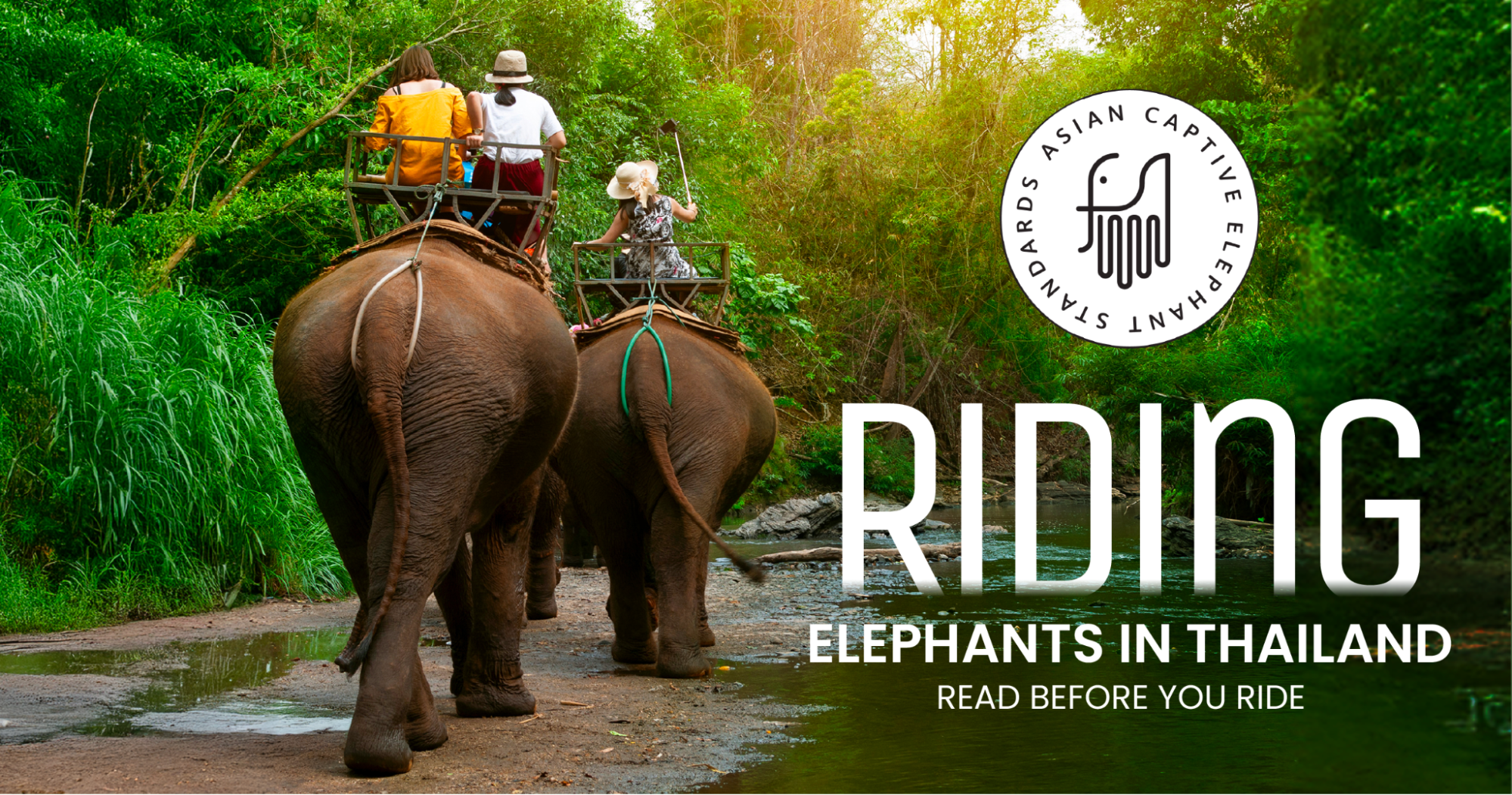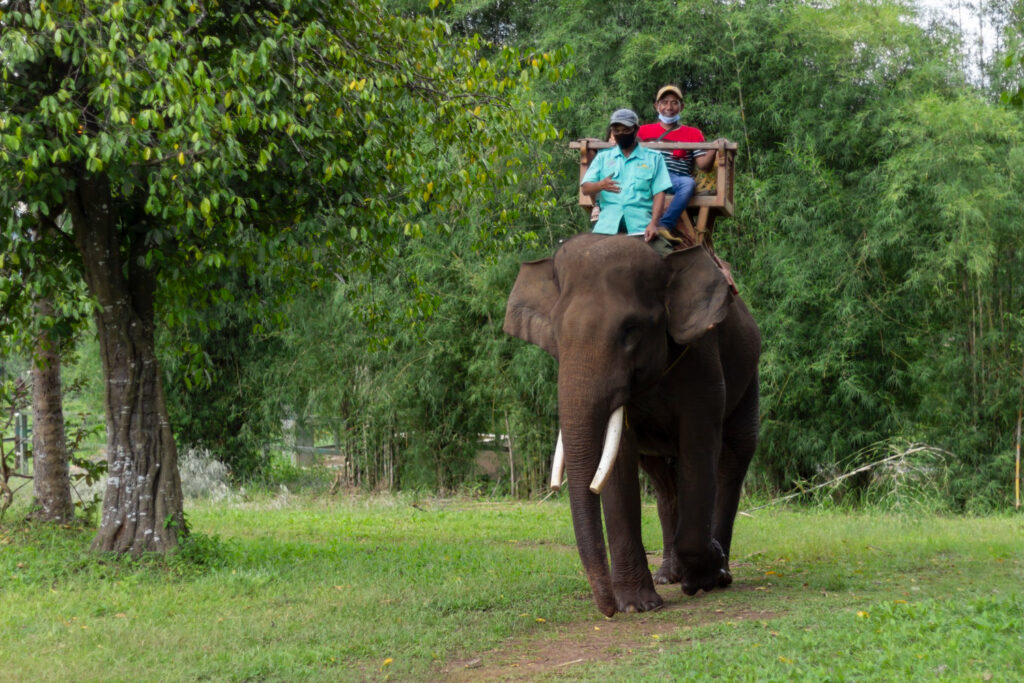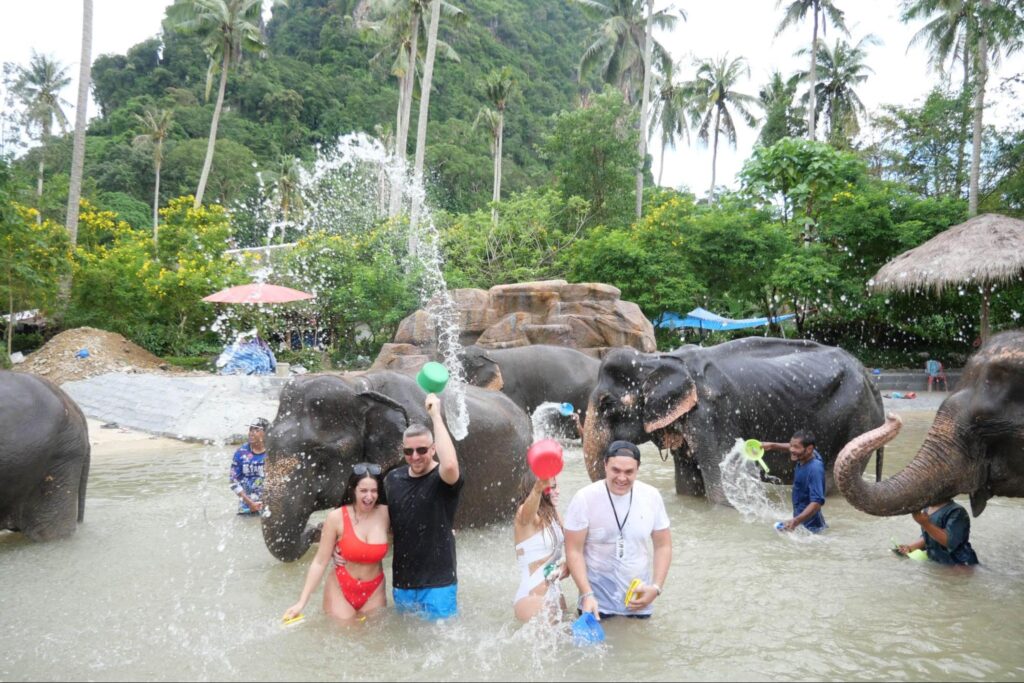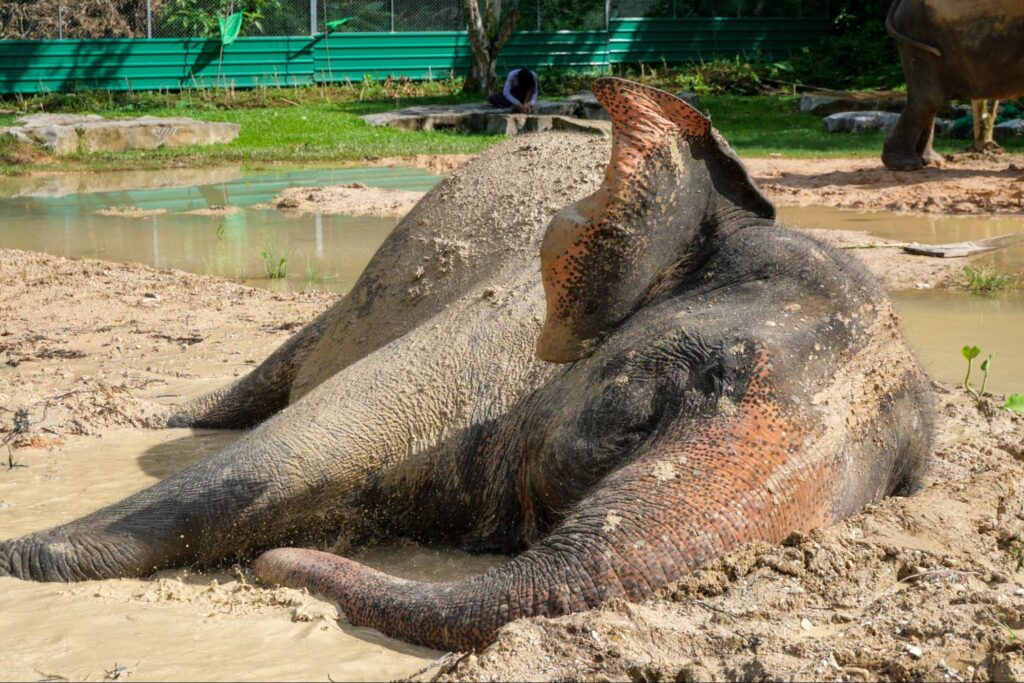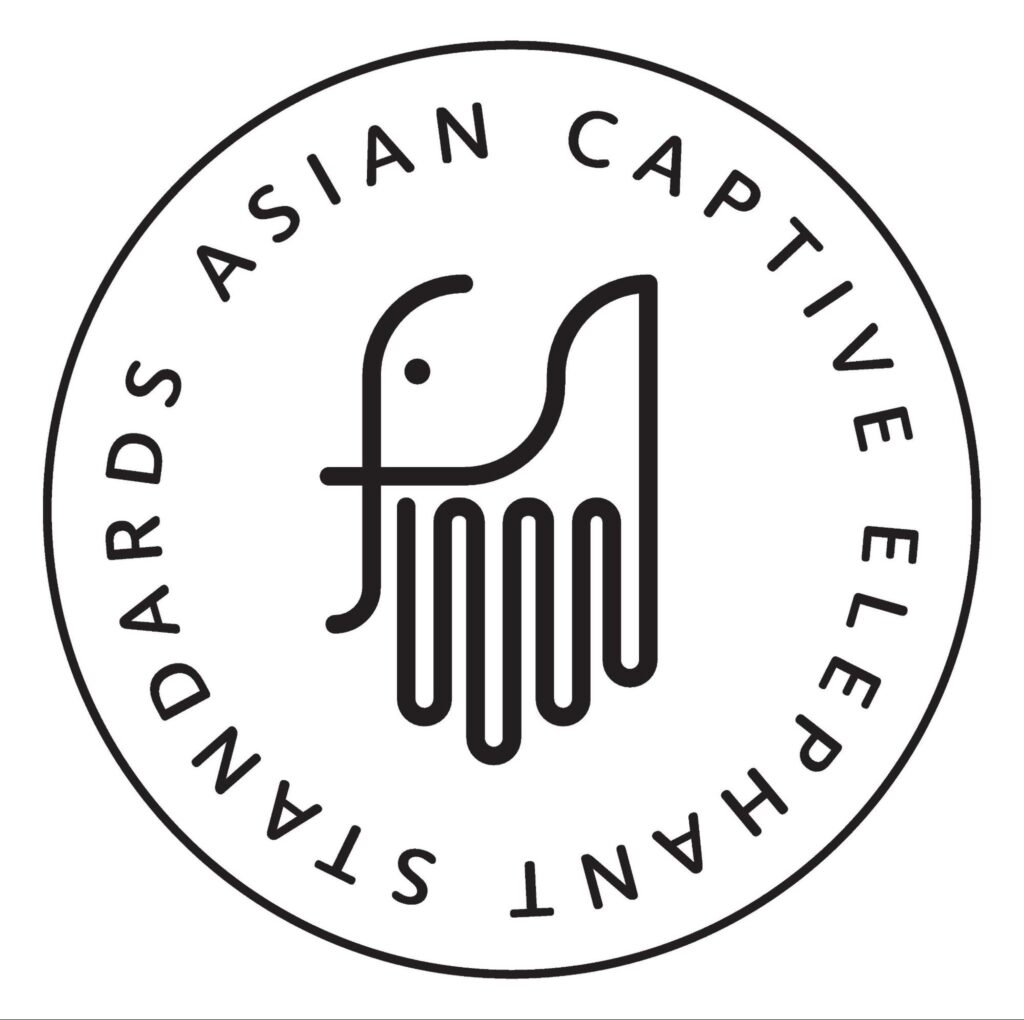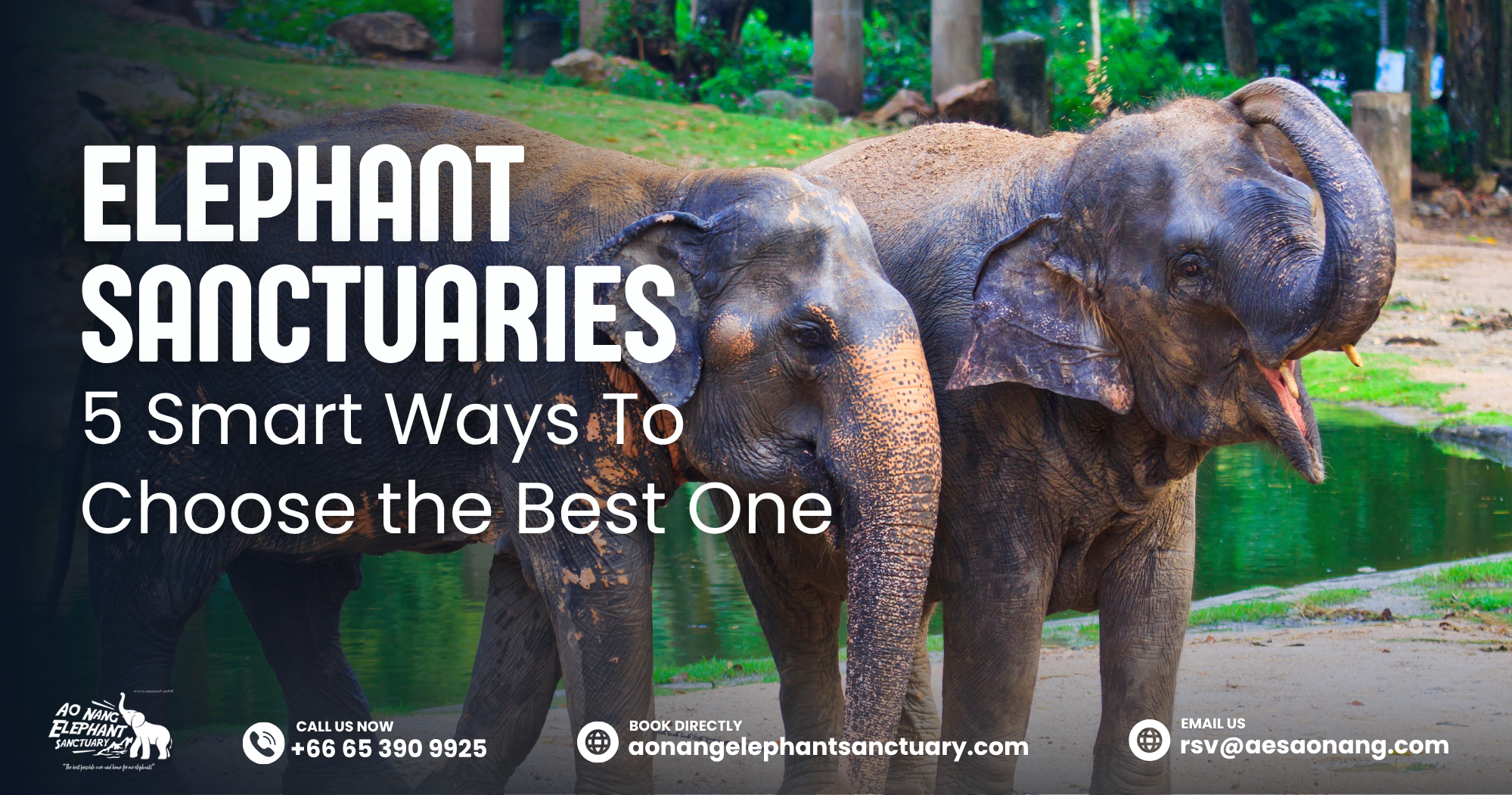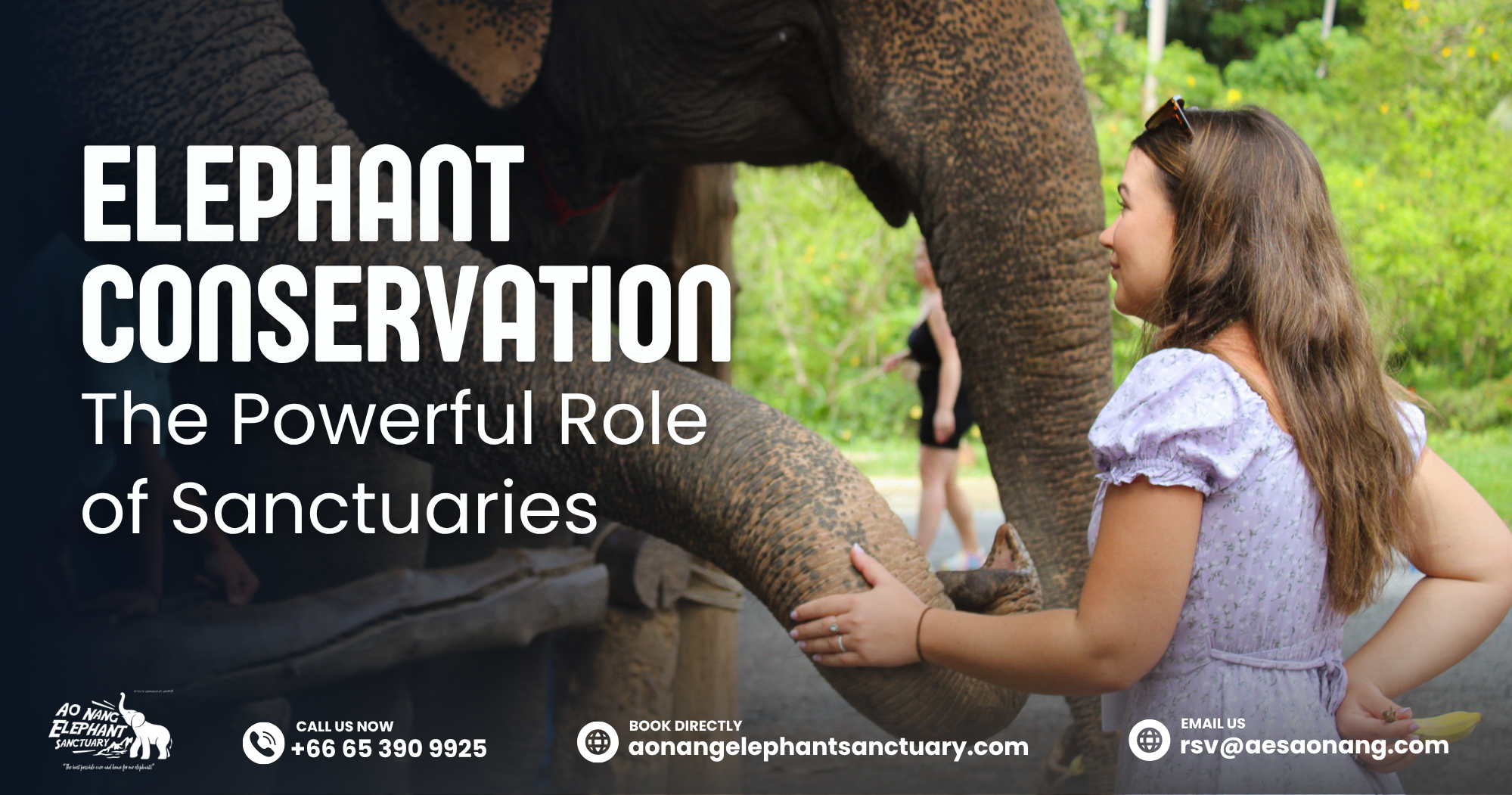With the rise of tourism, Riding Elephants in Thailand has become a popular activity, offering close-up scenery and elephant riding experiences. However, concerns over the ethical treatment of elephants have emerged, leading to a shift toward more responsible tourism practices that prioritize their well-being.
In this blog, Aonang Elephant Sanctuary will explain all about the long-standing tradition of elephant riding activity. Is this good for elephants in Thailand? Let’s find out.
Riding Elephants in Thailand – What You Need to Know
Pros
- Tourist Appeal Riding elephants in Thailand has been promoted as an engaging experience for tourists in Thailand. For many tourists, sitting on the back of an elephant while discovering Thailand’s scenery appears to be very captivating and very scenic, but it’s crucial to look at the other side of this activity and reflect on whether these interactions meet ethical standards for these majestic animals or not.
- Local Income Riding elephants in Thailand provides economic benefits to local communities, particularly in rural areas. It creates jobs and sustains businesses that may otherwise struggle. That said, it’s important to support tourism initiatives that ensure the welfare of the elephants involved, rather than prioritizing profit at the expense of their health and happiness.
Cons
- Animal Welfare Concerns The discussion around elephant riding largely depends on how the elephants are treated. Riding elephants in Thailand is not inherently wrong if owners follow ethical standards, prioritize the animals’ health, and care for them as part of their family. When done responsibly, with proper attention to the elephants’ well-being and strict adherence to good practices, riding elephants in Thailand can be considered acceptable.
Although we do not outright support elephant riding, we believe that riding elephants in Thailand is acceptable when carried out under the right conditions. At the same time, we firmly oppose practices where elephants are mistreated or not cared for properly. Responsible treatment and high standards should always be the priority.
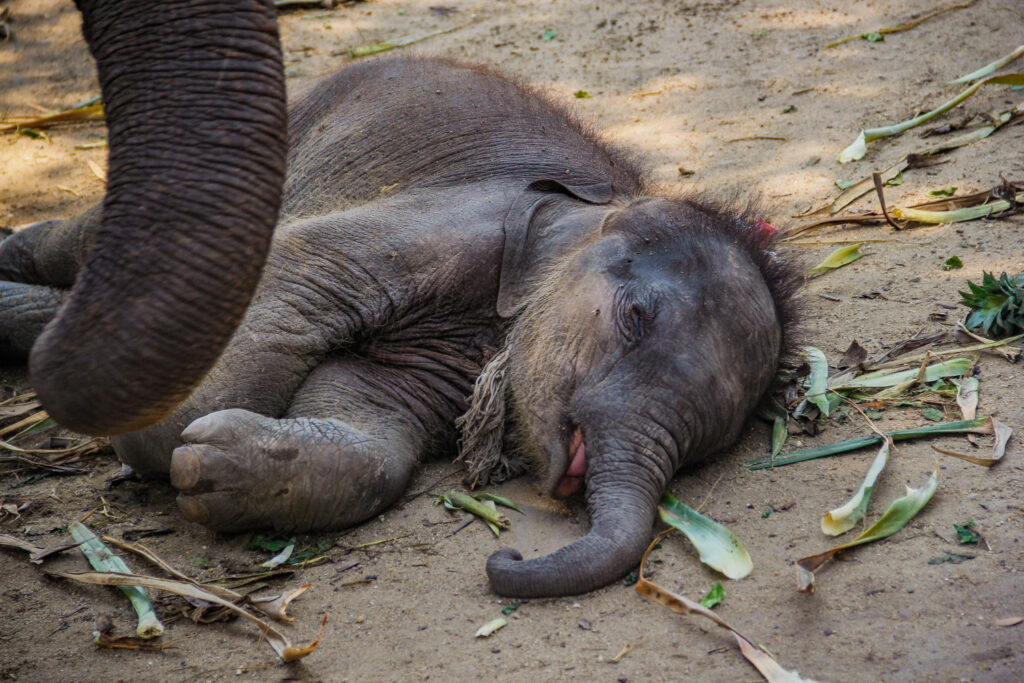
- Environmental Impact Many camps are located in areas where forests have been cleared for trekking routes or facilities. This deforestation harms wildlife habitats and damages the environment.
Alternative Ways to Interact with Elephants in Thailand
If you’re considering an elephant experience in Thailand but are concerned about their well-being, there are ethical and rewarding alternatives that allow you to connect with these gentle giants responsibly.
Elephant Sanctuaries and Ethical Tourism
Ethical tourism emphasizes observing and interacting with elephants in environments that prioritize their health, freedom, and happiness. Many sanctuaries have emerged across Thailand, offering visitors the chance to learn about elephant behavior, conservation efforts, and sustainable practices like Krabi Elephant Shelter and Aonang Elephant Sanctuary.
Instead of riding elephants in Thailand, visitors can:
- Feed them bananas or sugarcane.
- Watch them bathe in rivers.
- Observe them roam freely in natural habitats.
- Participate in educational tours about their conservation.
But the crucial part when choosing a sanctuary, you need to ensure that it sticks to ethical practices. Look for organizations certified by entities like Asian Captive Elephant Standards. Avoid facilities that offer unnatural elephant performances or keep elephants in chains.
Visit Aonang, Krabi’s Only Elephant Sanctuary Endorsed by World Animal Protection
Aonang Elephant Sanctuary offers a safe haven for rescued elephants, focusing on rehabilitation and care. Visitors can spend time with elephants in a peaceful, natural setting, participating in activities like feeding and mud baths. Aonang is committed to raising awareness about the trouble of elephants in captivity and promoting sustainable tourism practices.
Reserve your spot now for your magical moment
- Phone: +66 65 390 9925
- Email: [email protected]
- Book directly at aonangelephantsanctuary.com
